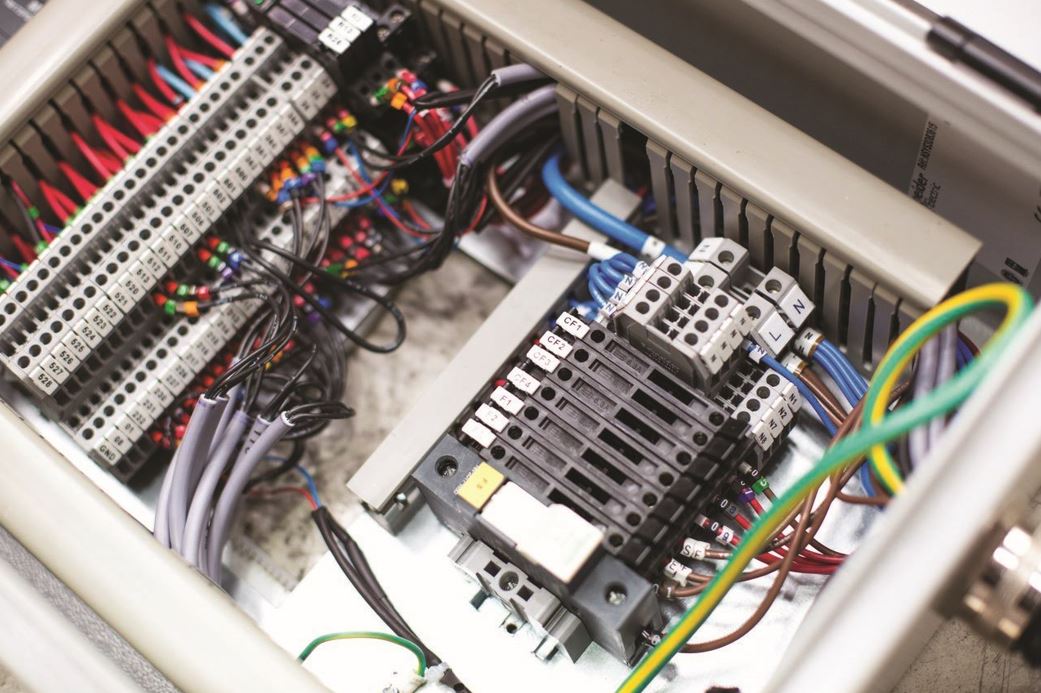
Providing a safe and comfortable atmosphere in educational buildings is critical to students’ ability to learn, explains Alan Macklin, Technical Director at Elta Group and Chairman of the Fan Manufacturer’s Association
Ventilation and good indoor air quality (IAQ) have always been absolutely crucial to get right in schools. It plays a significant role in student performance and comfort, and it is important that those tasked with delivering adequate air circulation are aware of why, and how, to optimise air quality. Evidence suggests that when levels of CO2 are higher, there is a noticeable drop in concentration. This has immediate consequences for occupants of a school, where students spend most of their time learning, developing, and expanding their field of knowledge. There are also long-term health issues associated with bad IAQ, including headaches, coughs, and irritation of the eyes, nose, throat and skin.
There is also now a greater focus on increasing the supply of outdoor air as a way to reduce the risk of transmission of COVID-19. There has been a historic tendency in school buildings to rely on natural ventilation by simply opening the windows, and this was a defining feature when schools reopened in 2020. However, in colder months and inner-city locations, this is not always a feasible solution. Cool air that flows from outside into the building can place a huge amount of strain on a school’s heating system as it works to maintain a comfortable temperature, and therefore has a knock- on effect on energy bills. It is also reliant upon the quality of the surrounding outdoor air, with very little control over the levels of pollutants coming into the building. This can be particularly problematic in urban locations, but equally there is no guarantee even in rural schools of the quality of outside air.
Mechanical ventilation can help to avoid these issues by providing schools with much greater control over the temperature and quality of air flowing into classrooms, thus increasing the comfort and wellbeing of occupants without drastically increasing running costs. Mechanical systems that incorporate thermal energy recovery units, such as Elta Fans’ PREMA range, are able to recover heat from warm air inside the school, and use it to raise the temperature of incoming air. They can also be fitted with CO2 sensors, which detect changes in indoor air quality levels and automatically adjust fan speed accordingly. This level of control ensures that schools can increase the ventilation rate and benefit from high levels of IAQ and ambient temperature, without having to worry about the steep energy costs associated with always-on systems.
To avoid disruption, schools will usually undertake building and refurbishment works outside of term-time. So any mechanical ventilation must be installed quickly and efficiently, in order to be ready in time for students returning. Elta Fans’ PREMA range of energy recovery units are among the lightest on the market, which makes them easier to install than many other mechanical ventilation models. With quick set-up times and intuitive controls for when they are up and running, mechanical ventilation units are a crucial asset for schools in the provision of clean air and thermal comfort.